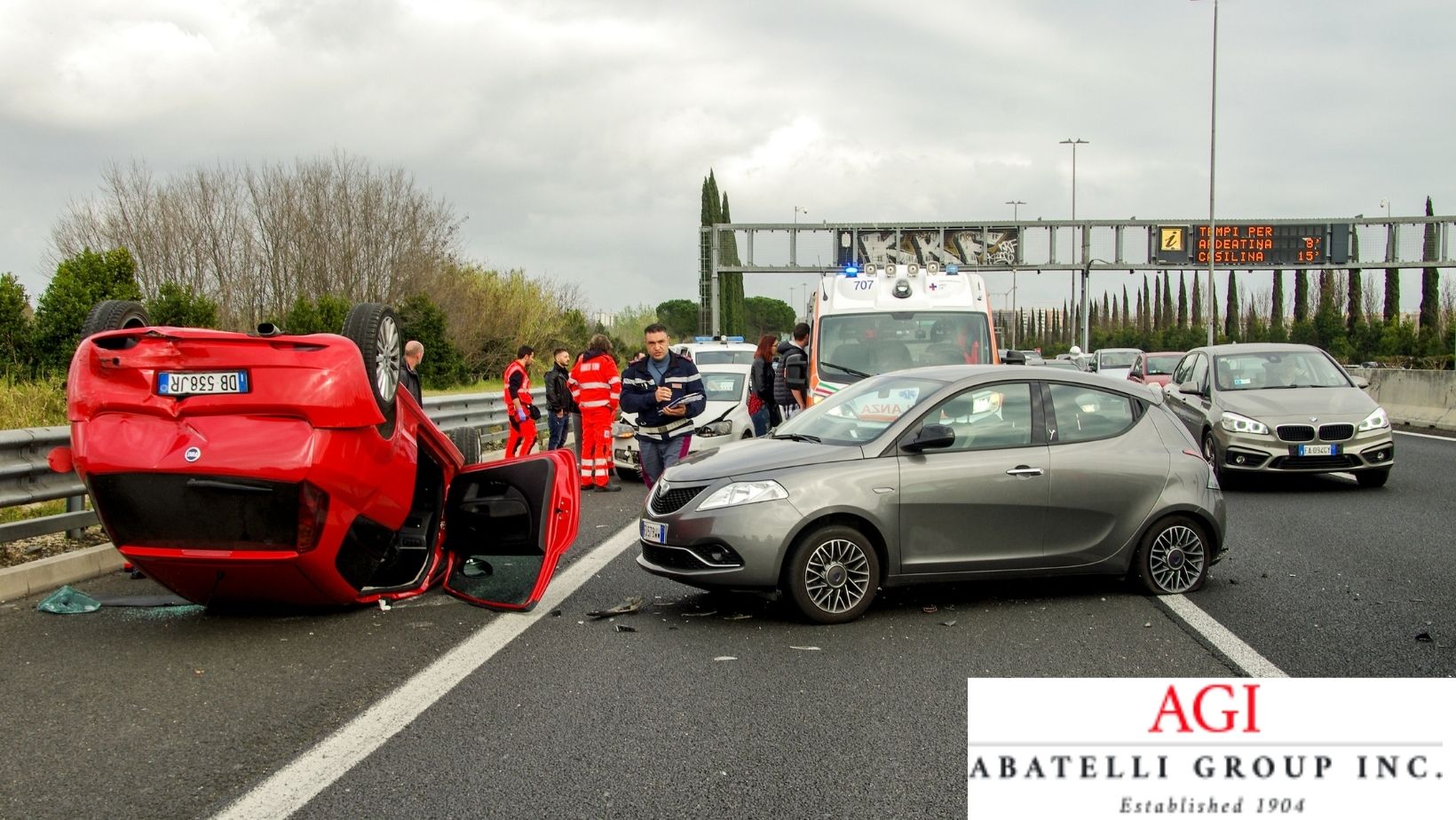Using technology to prevent accidents and reduce insurance claims.
Technology that prevents rear-end collisions can reduce the occurrence of accidents or at least mitigate their severity. This often translates to lesser damages and reduced insurance claims. A recent study showed that rear-end collisions constitute about 29% of all road accidents. While this type of collision does not often result in serious physical injuries, damages to the vehicles can be costly to repair. For example, a damaged bumper will cost about $350 to repair for a minor accident and go up to as high as $10,000, if the vehicle was involved in a severe crash.
The good news is car manufacturers are pushing out new innovative technology to help prevent rear-end collisions. By preventing these collisions or simply reducing the severity when they occur, these technology solutions help reduce insurance claims.
Automatic Emergency Braking
Rear-end collisions at low speeds have been reported to be the most common type of accidents. City Safety was designed to tackle this problem. First introduced in 2008, City Safety is an automatic emergency braking (AEB) technology made by Volvo. It is a groundbreaking technology as the first auto brake system designed specifically to avoid low-speed collisions when driving in stop-and-go traffic. The system becomes active when the car is moving at a speed that ranges between 2-18 mph. It uses a laser that is mounted on the front bumper of the car, which measures the distance between the front of the car and any object in front of it. If the car approaches an object within a certain range, City Safety automatically applies the brake. This stops the car, thus preventing a possible collision. It works perfectly both during the day and at night; however, its performance can be affected by some weather conditions such as fog or snow. These days, many other vehicle manufacturers are installing similar emergency braking systems.
While this technology may be unable to completely eradicate rear-end collisions, it reduces the severity of the accident if it happens. This, in turn, reduces the damage to the vehicles and saves both the car owners and insurance companies some money.
Rear automatic emergency braking
Another emergency braking system detects an imminent back-end collision and automatically applies the brakes to either avoid it completely or lessen the impact. It uses cameras or sensors mounted on the rear bumper of the car. The software constantly retrieves data from either the sensors or cameras and uses it to calculate the probability of a crash occurring. If the results fall within some pre-determined parameters, the automatic braking system is activated.
Between 2010 and 2017, insurance claims for rear collisions for amounts under $2,000 represented about 17% of overall claims, resulting in a total of $8 billion paid for damages. Rear automatic braking systems can reduce these claims by at least 28%.
Buying a car with built-in technology to prevent the occurrence of rear and front-end collisions will save you both time and money. You won't have to file insurance claims very often, and when you do, it will be for smaller amounts. This will prevent insurance companies from increasing your premium. If you are looking for a reliable insurer for your car in Whitestone, Flushing, Bayside, Little Neck, and surrounding cities of New York, you can check us out at
Abatelli. We will help you find a suitable insurer for your car in no time. Contact us today!


